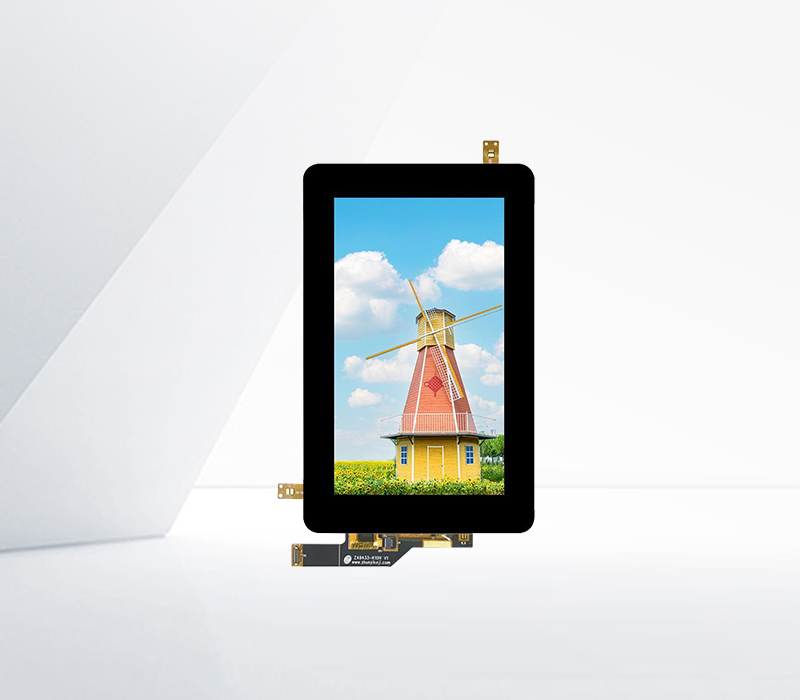




TLD (Thermoluminescent Dosimeter) and LED (Light - Emitting Diode) lights are two completely different concepts with distinct functions and characteristics.
TLDs are radiation detection devices, not light - emitting sources. They are mainly used in the field of radiation protection and dosimetry. TLDs contain a special phosphor material. When exposed to radiation, the phosphor traps electrons in energy levels. By heating the TLD, these trapped electrons are released, emitting light in the process. The amount of light emitted is proportional to the amount of radiation the TLD has absorbed. This allows professionals in nuclear medicine, radiation therapy, and environmental monitoring to accurately measure radiation exposure over a certain period.
On the other hand, LED lights are semiconductor - based light - emitting devices. They work on the principle of electroluminescence. When an electric current passes through the semiconductor material in an LED, electrons combine with electron holes, releasing energy in the form of photons, which produces light. LED lights are known for their energy - efficiency, long lifespan (up to 50,000 hours or more), and versatility. They are used in a wide range of applications, from general lighting in homes and offices to automotive lighting, traffic signals, and display backlighting. The key difference lies in their fundamental purposes: TLDs are for radiation measurement, while LED lights are for illumination.
